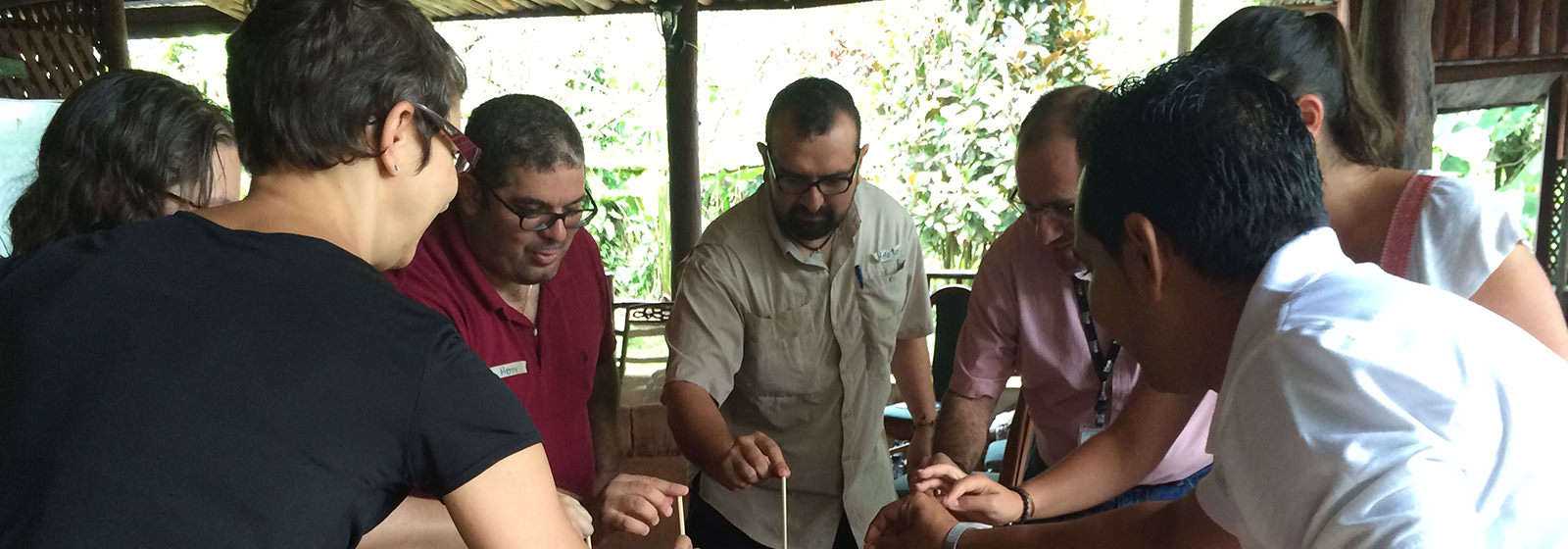As a school change agent, WLS measures its ultimate success by what happens in the classroom. The following stories are from educators who received sustained, one-on-one coaching through our Virtual Coaching Institute.
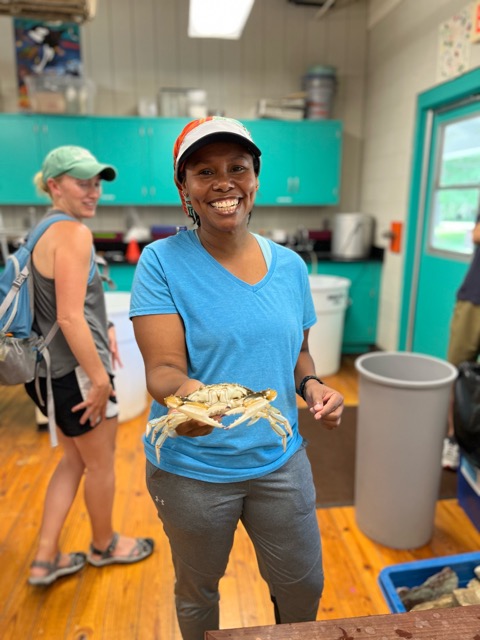
Mereal shared the following after attending our ED Travel Program to the Eastern Shore in Summer of 2022:
Why I attended: After researching the program, I thought it would be beneficial to go on a learning adventure. Plus, as an added bonus, Jessica was a facilitator of a professional development session at my school earlier in the year and it was very memorable and helpful.
Memorable moments: The most memorable moments were the sessions in which a physical activity was used to cement understanding. It added a different layer of understanding. Canoeing and our visit to the science lab/nature center also rank high on the list…enjoyable, educational, fun! The most impactful moments were those at the Harriet Tubman museum and moments where we chatted about our different teaching situations, discussions about what worked well or didn’t, and just learning from my peers. I also thoroughly enjoyed the peaceful atmosphere and immersion in nature.
Key takeaways: I have incorporated more physical activities in my regular teaching routine. I am also more mindful about taking more time to listen to my students and have them navigate more of their learning experience. I rolled out a unit on heredity, which I developed at WLS with Jessica’s help.
Advice to fellow teachers: I would encourage other educators to participate in the WLS program. Though there was a wealth of information to take in, the program was led in a way that was fun, educational, and impactful. It was also a great opportunity to reignite my creativity in lesson planning and change my own surroundings to promote relaxation and self care.
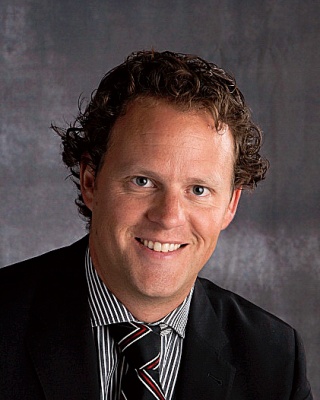
Nick Day engaged in regular workshops and coaching sessions with WLS in order to allow students to embark on “Purpose Learning Journeys” in his AP US History class. During his work with World Leadership School, Nick graduated from being a history teacher to Director of Academic Programs.
Nick wrote the following about his experience:
The AP US History course goes a mile-a-minute and covers hundreds of years of history in a short time. Often my students are frustrated that we can’t spend more time on a particular topic, or dive into a new area of interest.
Introducing the Purpose Learning Journey allows students to make a personal choice about their learning. In choosing to explore a topic of their choice more deeply, they drive their own learning and engage more meaningfully in the course material. By following the thread over time, they track the development and evolution of the theme and ultimately develop a broader understanding..
The Purpose Learning Journey includes monthly check-ins and culminates with a presentation that explores historical connections over time and present-day perspective on the chosen theme. Solutions to real-world problems and the weighing of the ramifications and impact of their proposal extend learning into an outward-facing product that carries deep meaning for each student.
Jess’ coaching and guidance have been an invaluable help in this journey; I couldn’t have put this together without her insight, inspiration, and patience!
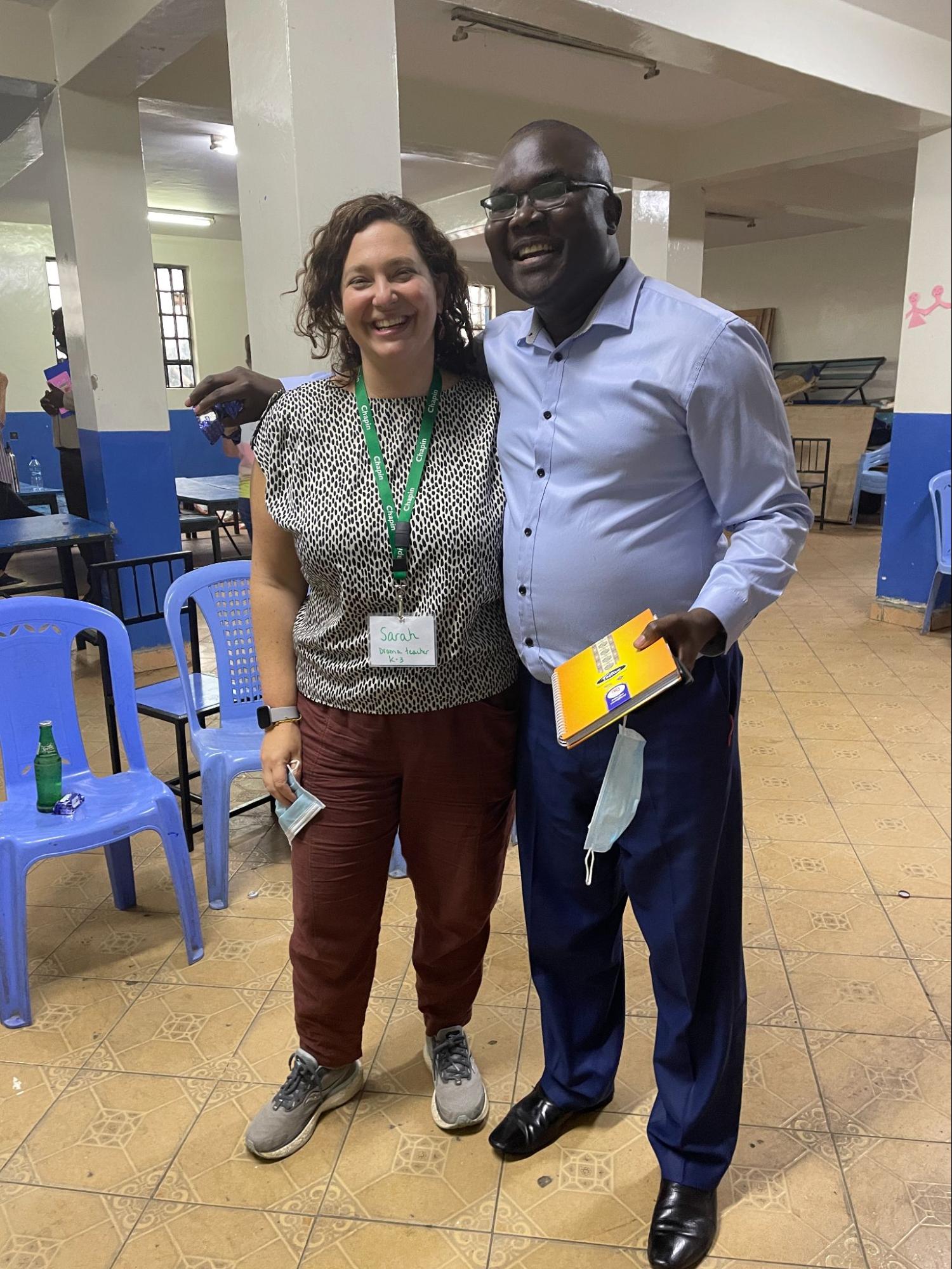
Chapin School leader Sarah Bellantoni wrote the following about her experience across a variety of WLS’ Professional Learning offerings:
My time both at the K-12 Purpose Summit and working with Jess as a coach has helped to ground the development and evolution of The Chapin School Global Program. In particular, the experience mapping exercise has stayed with me! What a wonderful reminder to constantly be reflecting on the “Thinking, Feeling, and Doing” opportunities for our students throughout a project! From a personal standpoint, the opportunity to reflect and refine my own purpose as an educator was a welcome pause and reset almost 20 years into my career.
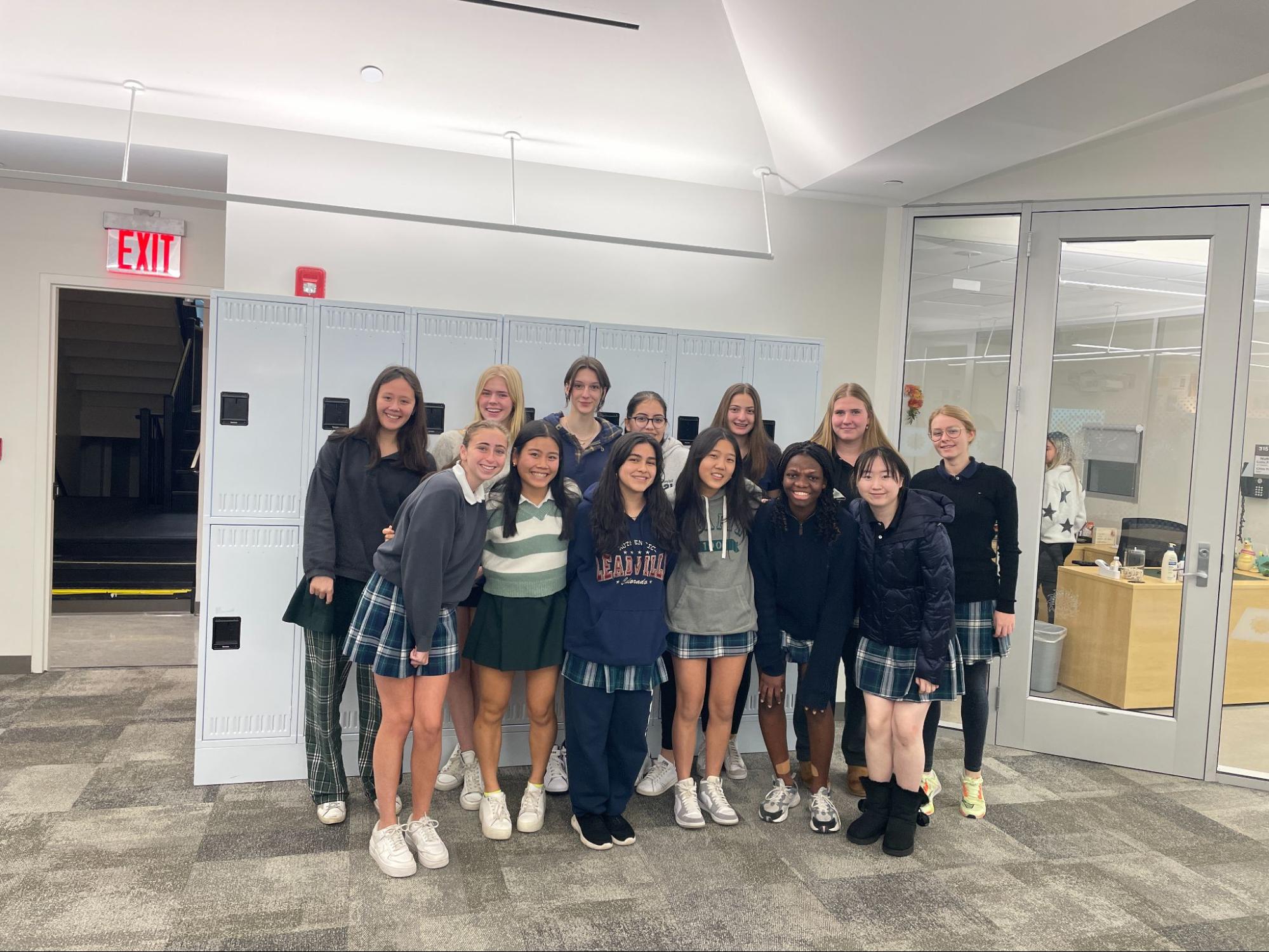
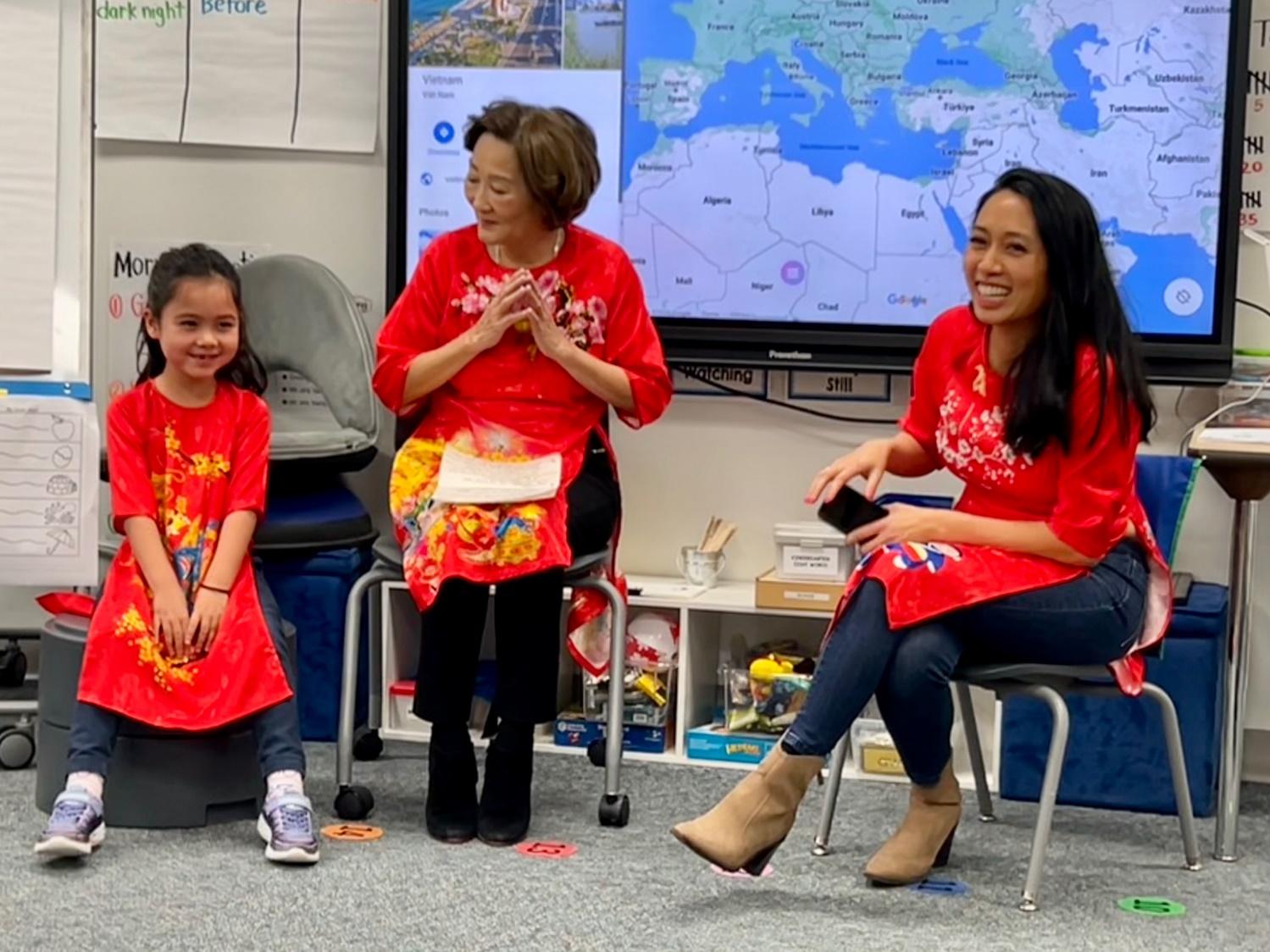
Alex Smith wrote the following about her school’s engagement with World Leadership School’s coaching and workshops:
Our work with World Leadership School has inspired teachers at Fay to think critically about utilizing the resources in our community to enhance our project-based learning units. Organic learning experiences have come about by inviting local organizations, community experts, and families to partner with us and our students.
In an economics unit, fourth graders were charged with using the produce from our garden and chicken coop, Fay Farms, to connect with the community. We partnered with Urban Harvests, a local Houston farmer’s market. Students developed and executed a plan to run a booth at the market, learning valuable skills around marketing, supply/demand, and budget management.
As an entry event for a project about decomposers, fifth graders met with a local compost company, Moonshot. They were able to ask burning questions, smell and feel composted dirt, and think through ways to relay the importance of composting on our campus. Students had the opportunity to learn about the movement of matter, not just from their teacher or a book, but from experts who are passionate about feeding the earth.
To address a driving question about bringing families together to form a stronger community, kindergarten classes invited grandparents near and far to share about family traditions and their unique backgrounds. Local grandparents visited in person, while ones living in other places (some in other countries!) participated on video calls, sharing special photos and artifacts. These personal learning opportunities helped students make self-to-text connections to stories like The Keeping Quilt, and discover similarities and differences between their own families and their classmates.
We have witnessed how motivated students are when it comes to projects like these that hold real-world significance. In these instances, students go above and beyond with their creativity and engagement, perpetuating the inquiry spiral from the beginning to the end of a project. By simply sharing our hopes and goals for students with others, we have found people to be overwhelmingly generous with their time and talents. We strive to continue building these community connections as we dive deeper into meaningful project-based learning at Fay.

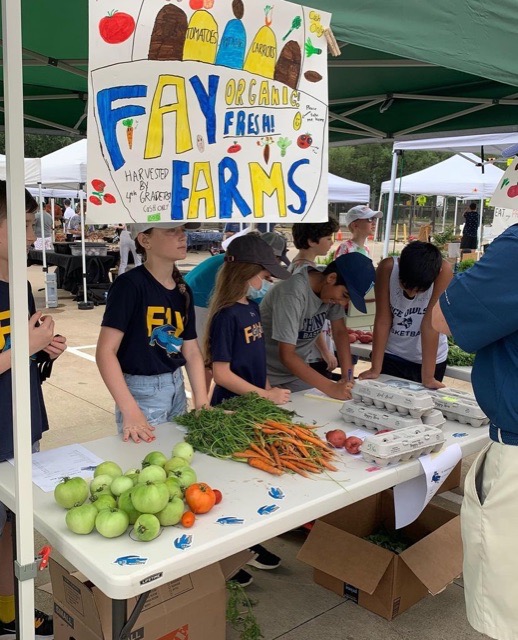
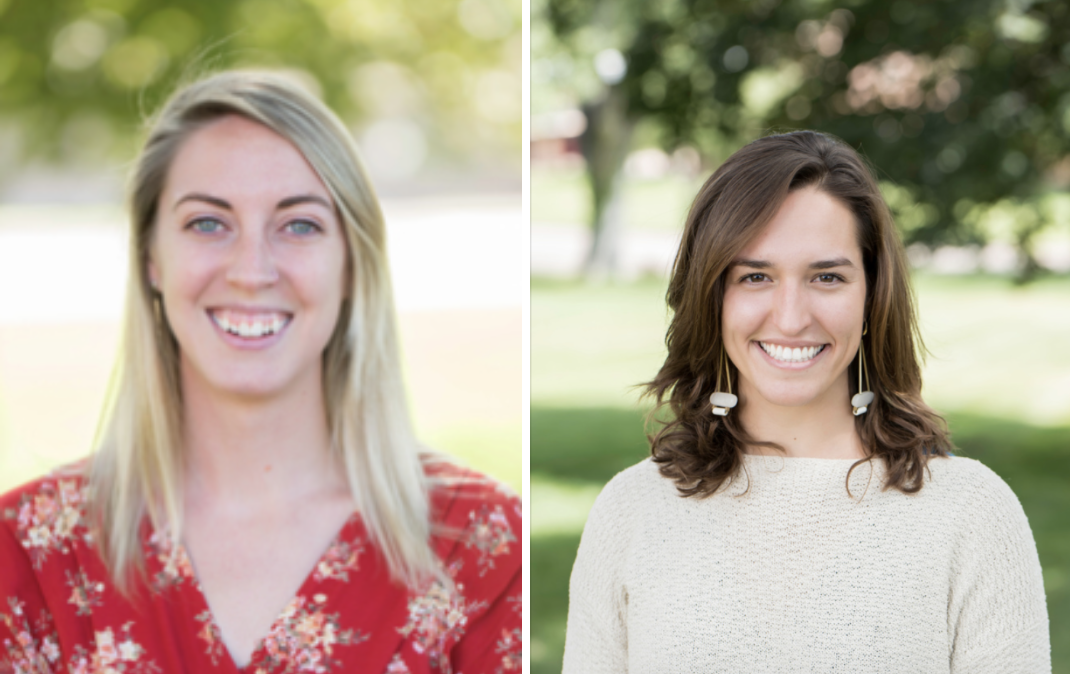
High school teachers Penny Steele and Caroline Santinelli wrote the following about their experience implementing Sustainable Development Goals into their curriculum:
Our goals were to bring awareness of the Sustainable Development Goals (SDGs) to our classrooms in order to create greater continuity between our Freshmen and Sophomore Humanities courses and help students develop an interdisciplinary understanding of how the global issues relate to and inform our content.
In History, students used the SDGs as a way to examine the achievements and failures of the Roman Empire to determine what we could learn from history’s lessons. Our motto for this unit was, “Historical Issues With Contemporary Solutions.” We opened our unit by reading the article, Why Rome Ruled The World by the classicist, Mary Beard. One lesson in particular that resonated with my students from Beard’s article was Rome’s “open-door” policy on citizenship. This led to a lively, solution-oriented discussion on America’s current concerns regarding immigration and what page we could take out of Rome’s law books. This approach with bridging past outcomes to current concerns became the jumping-off point for our studies. We began by closely studying the Roman Empire and identified which achievements could have been contributed to Rome’s efforts in preventing or solving one of the UN’s Sustainable Development Goals. Conversely, while we also assessed which goals were not prioritized and if those neglected goals contributed to the downfall of the empire. Students chose one Sustainable Development Goal to analyze that reflected their personal concerns about our current world. They then identified whether or not that goal contributed to the achievements of the Roman Empire that we often glorify today, or students had to determine if somehow their chosen goal was a major factor in the downfall of this monumental empire. Ultimately, to bridge time and place, and achievement from goal, students wrote a reflection on what historical lessons we could derive from our studies of the Rome Empire and how one could apply these lessons to today’s hopes for bettering our contemporary circumstances.
In English, the SDGs framed students’ exploration of our guiding question: how do people use literature and the arts to address the issues of their time? We began with an exploration of Elizabethan England, as we prepared for a unit on A Midsummer Night’s Dream by William Shakespeare. Students connected the SDGs to Shakespeare’s historical context, synthesizing England’s (and the play’s) focus on the role of women in society with the goal for gender equality; the prescriptions of social class with the goal for decent work & economic growth; the Elizabethan Poor Law with the goals around alleviating poverty and hunger; and even connecting our current goal for climate action—and the related scientific skepticism—to the tension between religion and geocentrism in Shakespeare’s time.
This introduction served as a springboard for our final unit—an interdisciplinary project between Global Studies and World Literature—in which students conducted their own historical research project, guided by an SDG and a theme from the two courses chosen by the student. This time, students became the creators, using their research documents from their history project to create blackout poetry that highlights their SDG and theme in a new medium. Students were able to examine and experience how writers utilize their craft to discuss, explore, illuminate, and ruminate on the issues of their time by exposing new truths better communicated through fiction, drama, and poetry, and reflecting on these moments of meaning-making in an artist statement.
Through these projects, students were able to see how literature and history respond to and inform critical issues of the moment, and how people and ideas are connected across time through significant global challenges, such as those articulated in the SDGs.

During the Spring 2020 semester, educators Jordan and Shannon from St. Mary’s Academy in Englewood, Colorado worked with their third grade students in a Celebrating Diversity project. They worked on this six-week program as part of their participation in World Leadership School’s Virtual Coaching Institute. The project which aimed to educate students on cultures around the world. In addition to scavenger hunts, augmented reality exploration, and other exciting experiences, students got to connect with a class of peers in Ghana through video chats and a pen pal writing exchange. The third graders engaged with several media forms to learn about, and express their appreciation for, their celebration of diversity.
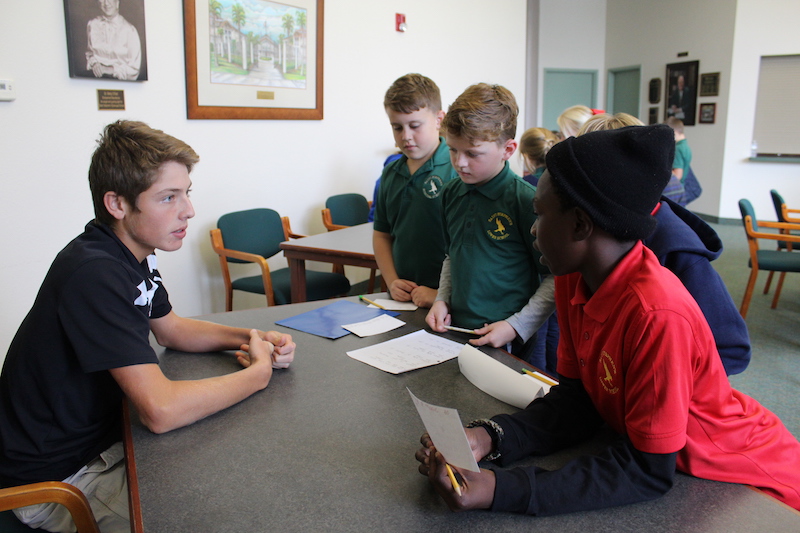
World Leadership School helped us to enable our third graders to better understand why people emigrate to the United States of America. Our students met and interviewed international students (from 9 different countries) from our Upper School division. After developing a relationship with these students, and finding out about their homeland, our kids researched the countries to learn more about the culture of their Upper School peers. Our students were able to learn about the similarities and differences between growing up in the U.S. and other parts of the world and created a class book to share with our school.
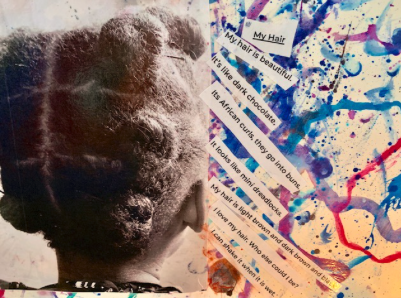
Our Who Am I? PBL focused our second graders on a journey of self-discovery. The driving question for the students was as follows: What can I create to teach others about me? The project was designed for a six-week study for each second grader to look inward and outward and articulate what they know about their authentic second grade self. They were prompted with activities such as family trees and a favorites list. The final two weeks of the project were spent with each student creating a product that represented who they are. The final representational work could be written (poem, story, song), drawn (poster, painting, comic strip), or made (lego sculpture, clay, or scrap materials).
The students embraced the project from the beginning and were fully invested in each activity. It was a grand journey in which they learned a lot about who they are and from where they come. An added positive result of this project was that the teachers and students were able to get to know each other more deeply through these activities and final creations. This PBL helped us to build a solid class community much faster than typically happens.
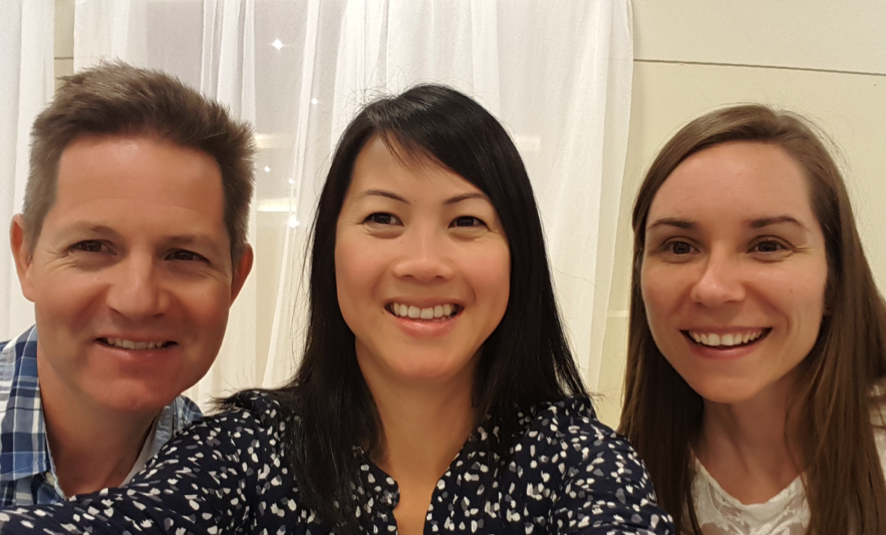
Over the course of several months, we asked students in the grade 11 math course to imagine their life right after university. They answered a series of reflective questions where they considered their life goals and their ideal living conditions. By reflecting on these ideas, they were then prepared to choose a career of interest in an international city. With these choices, we prompted them to make financial decisions where they learned to budget, make an investment, and then pay off a loan. To conclude the project, they reflected on their choices after “crunching the numbers” to compare their imagined life to their life in Canada, and made connections between mathematics and their life goals.
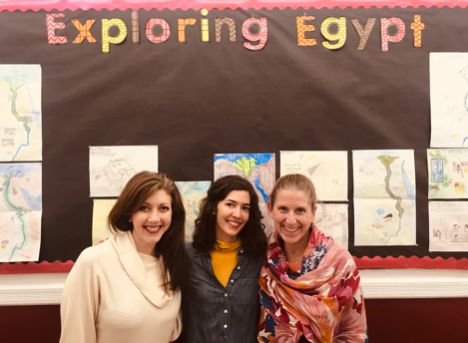
The Ancient Egyptian Tomb has been a 5th grade capstone project at The Berkeley Carroll School for over twenty years. This year, we decided to create a contemporary Pre-Teen Tomb to complement the Ancient Egyptian Tomb. As a kick-off event, we invited one of the original creators of the tomb to speak with the students. We then visited the Metropolitan Museum of Art to search for examples of artifacts that exemplified the four themes we are studying in the classroom: gender, race and privilege, communication, and death. Lastly, there are a few STEAM components to our tomb. Students worked with Ryan Byrne, an engineer and educator here in our Beta Lab to laser cut wooden emojis, which will be used in an interactive translation experience in the Pre-teen Tomb. Math teacher, Sharona Kahn, is practicing Egyptian numerals and equations in the classroom, and Digital Essentials teacher Meena Schaffer, is teaching the 5th grade to code Egyptian games using Hopscotch, the iOs app. The overall project is spearheaded by Visual Arts teacher, Kimberly Carmody, and two 5th grade Humanities teachers, Elizabeth Robinson and Christie Ann Reynolds.
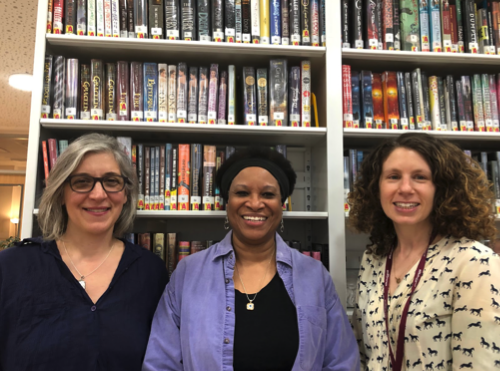
Berkeley Carroll School’s Eighth Grade Humanities teachers and Middle School Librarian are using a project-based learning approach to help their students discover, rediscover and/or expand their joy and opportunity for independent reading. Kris Hartley-Manieri, Lauren Goldberg, Cynthia Spence and Mike Wilper have spent several months talking about their own reading history and how that has defined them as readers, and now they are helping students reach into their own backgrounds to determine when reading has felt successful and when it has felt challenging. Then, armed with this knowledge, students are being invited to explore the question, “How can reading help me create joy and enlightenment for myself and others?”
Along the way, students are being asked to think about how they can become the best readers they can be. They have begun to set goals as readers and they are being given the opportunity to decide for themselves how they can meet those goals. Some of the steps they have taken to answer these questions have included interviewing second graders to understand what gives them joy as early readers, creating a zine (a tiny magazine) to document their learning journey, engaging in a book tasting to find books they may interest them, participating in a speed-dating-like book talk, and working together to develop ideas about how to build reading stamina. Depending on their own personal goals and experiences along the way, students are asked to develop their own strategies for overcoming obstacles to achieving their reading goals.
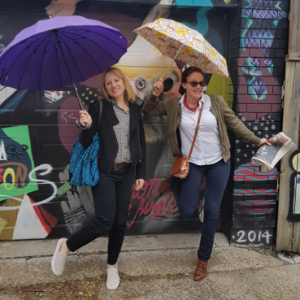
We were looking for a way to inspire our grade 11 students to think critically about how different individuals, groups and issues are misrepresented by the media, and even more importantly how students have the power to do something to change these negative stereotypes and narratives. With the help of our VCI coach, we developed a Project-Based Learning unit with the driving question: How might we challenge the dominant narratives about a misrepresented group? Each student worked towards the end goal of producing an individual proposal plan with SMART goals that would allow for the production of a media product, aimed at changing the narrative of a misrepresented group. Later, students were grouped by similar interests to actually put the plan into action, producing a media product and testing its impact on the target audience.
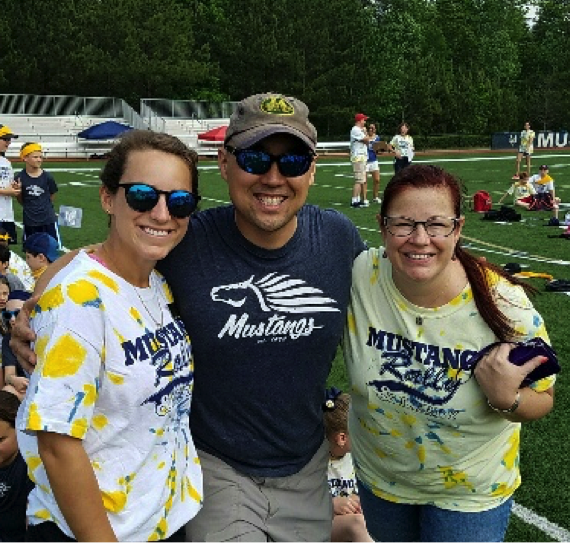
Our best unit this year focused around economics: needs and wants, goods and services. We studied the goods and services available throughout our community and partnered with the Community Assistance Center to make a difference. After brainstorming ways to help, our students came up with the idea of creating a ‘school store’ to raise money. They secured a loan from our school’s business office, interviewed older students to identify their needs, and finally created a budget, inventory system, and schedule of workers. They then received feedback on their business plan from experts in residence, some business men and women in our community. After two weeks of running the store, we were able to fully pay back our loans and donate $200 in profit to the Community Action Center. It was a lot of fun!
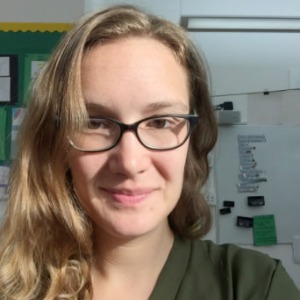
World Leadership School helped me enrich my third graders’ understanding of other cultures by facilitating a partnership with a school in Monterrey, Mexico. Our students exchanged pen-pal letters with third graders at the school in Mexico, which was an exciting way to learn about similarities and differences between kids around the world, and made the culture of a far-away place come alive.
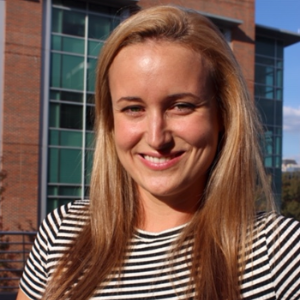
How can you make DNA structure, function, and replication exciting to the naturally apathetic freshman? This was my task at hand and I had one week to make it happen. Luckily, I am fortunate to work with Shayna Cooke on designing inquiry-based learning experiences. We fleshed out a framework for a PBL where students are challenged to solve a murder that occurred on school grounds. They form CSI teams, collect DNA evidence from a mock crime scene with the aid of a local police department, process the evidence over several weeks and determine the guilty party as their final assessment. We get to examine blood typing, PCR, Gel Electrophoresis, ballistics, fingerprinting, forensic handwriting analysis, and autopsies. The bigger win from this course is that the local police department is investing more time as experts in hopes that this class will inspire and produce future forensic scientists.
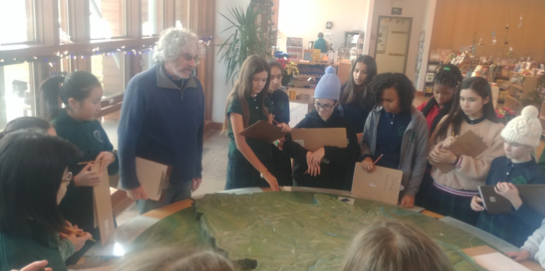
The seventh grade participated in a PBL (Project Based Learning) from December 12 to December 19 during which they designed a new, sustainable, Sacred Heart school. The project was launched at the Stony Brook-Millstone Watershed in Pennington, NJ where the students learned about sustainability from the gracious and knowledgeable Watershed staff. Our in-house architect, Darren Malone, was present to launch the project and he, as well as other members of the Stuart staff, was integral in teaching the students about running a Sacred Heart school. The seventh graders chose the location, planned the design, thought about the curriculum, wrote mission statements, and prepared budgets for their schools. After a week of intensive research, planning, and designing, the girls returned to the Watershed to present their schools to an audience of peers, parents, guests, teachers, and administrators. The designs were creative and included many innovative sustainability proposals. A long-term goal for the PBL would be to find ways that the students could implement their findings about environmentalism into our own school environment.
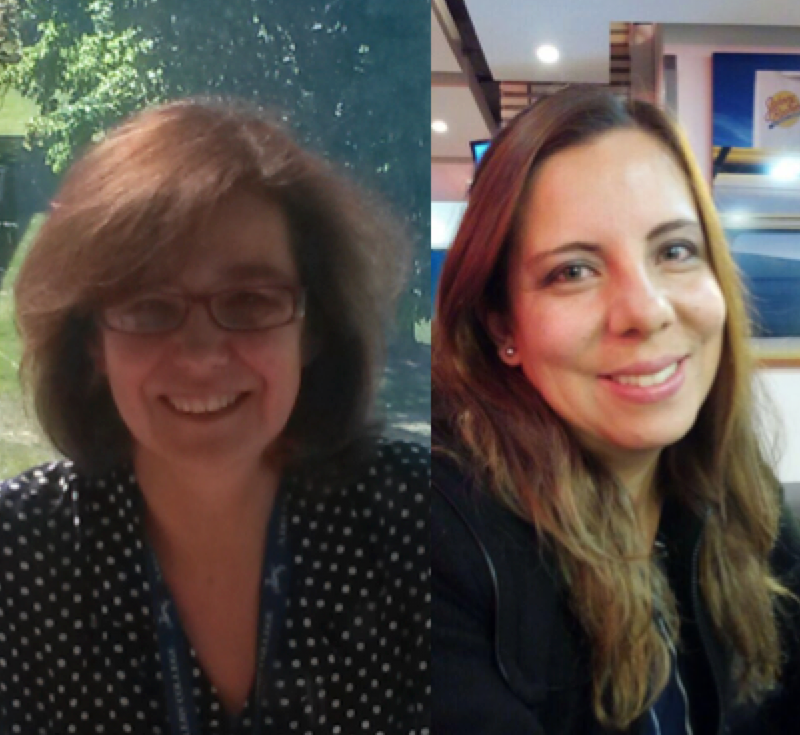
I had the opportunity to develop a cooperative project with Tilata School in Colombia to improve the grade 10 students’ communication skills in their target language. Each class worked on a student-centered blog-project. The Canadian students created blogs in Spanish about their interests, to be read by Colombian students. Also, they read the English blogs of their Colombian partners and wrote comments in English. Through reading and writing comments, we learned about each other’s culture, interests, customs, talents and desires. After the written exchange, the students had the opportunity to meet each other by video conference, and they communicated in Spanish and English. The students shared some common interests, and they communicated and responded using their target languages during the conference.
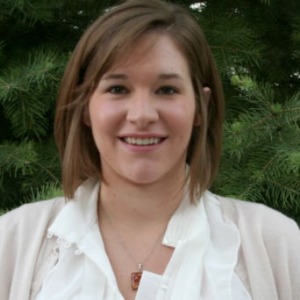
I used the Building Utopia activity to introduce the UN Global Goals for Sustainable Development to my Grade 8 students. This activity was an amazing way to introduce the Global Goals and have the students understand sustainable development. By having the students discuss each goal and decide its importance, they connected with what each goal means to them. I connected this activity to their major project, where we host a World Fair Expo and each student researches and represents a country of their choice. Each student discussed what Global Goals his/her country was making good progress on and goals that his/her country needed more work towards.
I wanted to rethink essay writing to get the students engaged in their research and build meaningful critical thinking and inquiry skills in our World Religions research essay. Through the VCI instruction on Project-Based Learning, I created ways to get students asking more initial questions and improved their desire to research on a variety of topics. Through the PBL design, I was able to teach the skills they needed, but they had choice and accountability for their entire writing process. I initially introduced the project with a series of religious images from around the world, to get students asking questions, and I taught thesis writing with a political cartoon analysis activity.
Through VCI coaching on Project-Based Learning, I was challenged to rethink how I approach assessment and student learning. Now, I think about the skills I need my students to hone, their own interest in the topic, their critical thinking and the learning process as a whole, rather than simply thinking about the final product I want students to produce. The students are more engaged and their work is stronger.
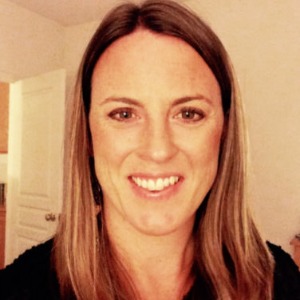
During the VCI, I worked with my coach to redesign two units in the 8th grade science curriculum into project-based units. One redesign was the ecology unit, which focused on the driving question, “How can we, as citizen scientists, use evidence from our field work in the Jamaica Bay Wildlife Refuge to communicate the impact of climate change on our coastal ecosystems?” Throughout the unit, students took several field trips to the Jamaica Bay Wildlife Refuge and studied the three main ecosystems to understand how the abiotic factors are affecting the biotic factors. Students then created field guides outlining the interconnectedness of the communities in the Refuge.
The second project I worked on with my coach was the redesign of a chemistry unit where students learned about food chemistry and nutrition and explored the question, “How can we, as food chemists, design a meal that promotes mindful eating?” The unit ended with students cooking and presenting meal plans to the middle school community. Each unit connected students to the local community and engaged them in units of study where they were able to have a choice in what topics they wanted to learn more about and then present their findings to a wider audience.
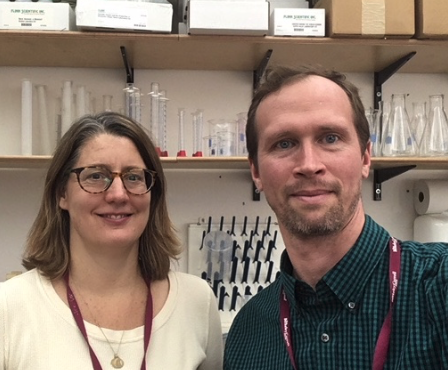
Through our work with our VTI coach, we further evolved an existing 7th- Grade project-based learning unit about the ethical quandaries rampant in the science of genetics, past, present and moving into the future. We further developed our entry event and the sustained inquiry of the science of genetics, expanded the options for student projects and worked to grow the authenticity of the final product. For their projects, students design and construct a mechanism to address how they can look critically at the distinction between genetic difference and disease and how they can promote diversity in the field of genetics, namely as it relates to the human experience.
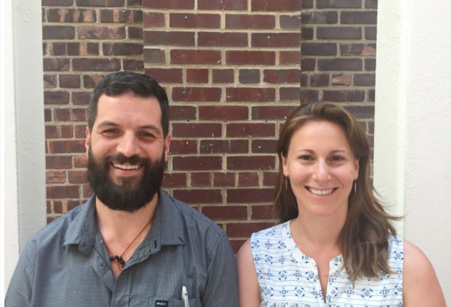
We worked to develop a new PBL on water, in which students worked to address the World Water Crisis. Students built their understanding of the chemistry and physics of water, filtration methods, the water cycle, and how humans use water, in order to try to ease the impact of the water crisis in the USA and abroad. To build empathy, students Skyped with a teacher from a region in West Africa that has limited water access, analyzed their own water use, built water filters, and completed a Water Walk after reading “A Long Walk to Water.” Students then designed and constructed models of their inventions that ranged from rolling water filters to menstrual sanitation kits for girls who walk for water.
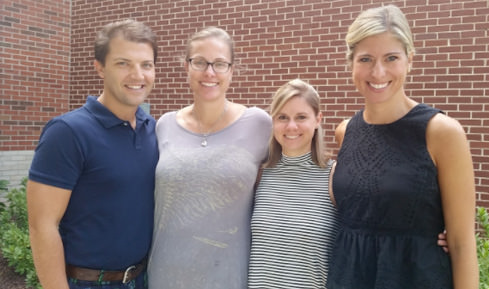
To begin our 2nd grade Inventions unit, we discussed who inventors are and the general process of inventing. While students were creating their own invention at home, based on a problem they experienced, they were also collaborating with their classmates at school to create prototype inventions to solve a challenge in our school community. To embed economics, we set up a “store” in the classroom and had “prices” for reusable items students used to create their prototypes. It was amazing to see all of the skills and subject areas that were displayed throughout this project.
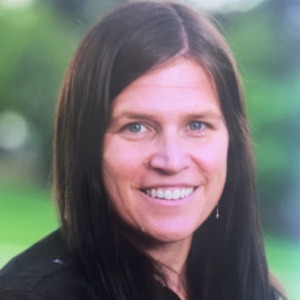
During my first VCI, I had the opportunity to transform a past project about minimum wage into a PBL called It’s a Livable Life. The project allows students to examine whether the minimum wage in our country is in fact a livable wage and gives them an opportunity to look at the issue through multiple perspectives using data and numbers (http://www.kristengoggin.com/5th-grade-poverty-unit/).
I also worked with WLS to create a PBL with the driving question: How can we learn about the world through math story problems? Over the course of the last few years, students have created word problems about San Francisco and exchanged them with schools in Sierra Leone, Mexico, Rhode Island, Shanghai and Cape Town, South Africa. Global partnerships can be challenging, but when they work, they can be wonderful learning experiences. Overall, the VCI has helped me become a more reflective practitioner.
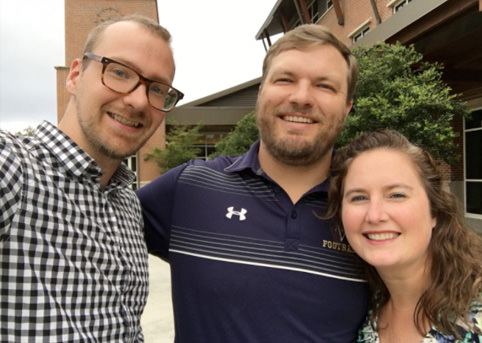
The PBL project that VCI helped us with was centered around the redesign of a bicycle for urban commuters, in which three classes (Tech|Engineering|Design, Physics, and Algebra) worked in interdisciplinary teams. The VCI was instrumental in helping work through some tough logistics in that model, and our coach provided feedback and reflection opportunities that springboarded us into this year’s iteration of the project – the design and fabrication of an assistive technology for someone in need. I already feel so much more comfortable with facilitating PBL this year, having learned from some missteps that the VTI helped us work through, and the excitement level from the students this year is palpable.. .I think because the public product will truly help someone in need this time.
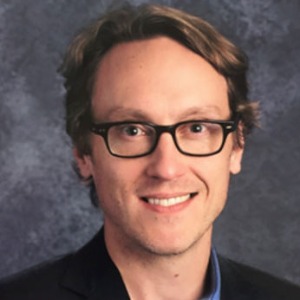
As Assistant Head of Upper School, I teach Global Studies, and I am most interested in weaving in global perspectives through Skype sessions. My students have been connected with speakers in Peru and Sierra Leone, and they also connected with Prof. David Akerson in the United States, to talk about the international legal systems that support human rights. We made several shifts to help students see the whole class as a Project-Based Learning experience, culminating with their capstone research projects.

